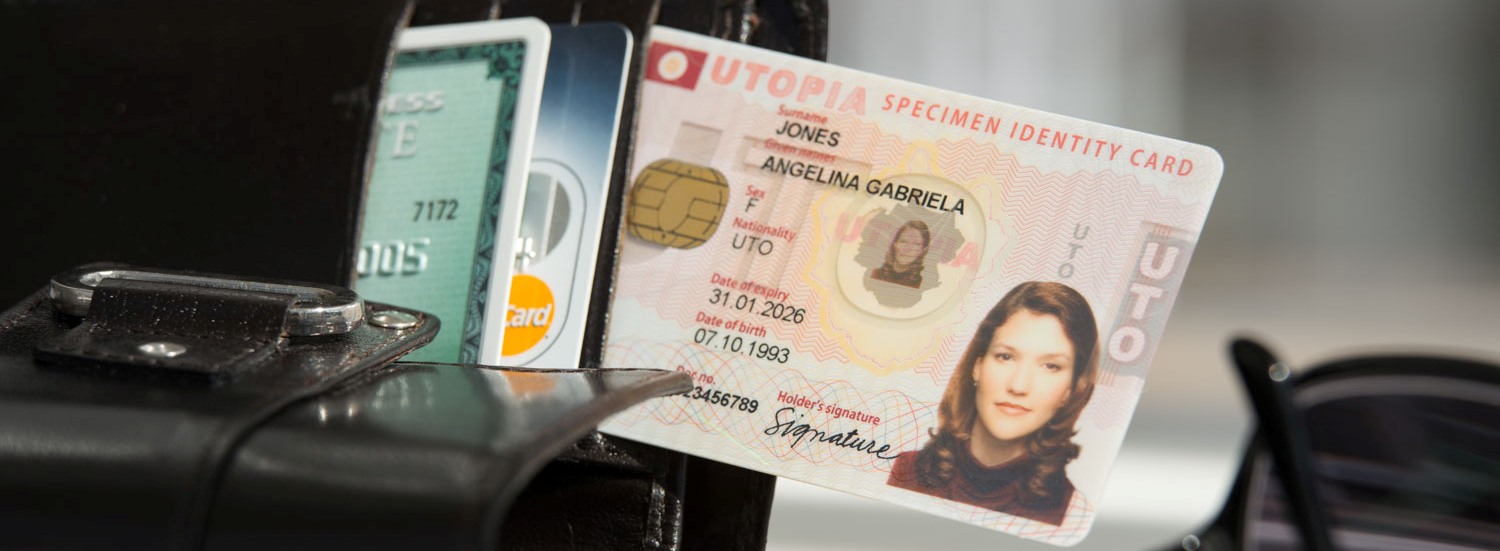In the first installment of this closer look at PVC security ID cards, the focus was on the materials that are used in each photo ID card. This time around, we will take a closer look at the finished product to offer a better understanding of how security ID cards work.
Layer Upon Layer: Building Up Security
When you think of the kind of security logistics that surround any building, one of the best strategies to take is a layered approach. The first line of defense for any location is parameter fencing. After that, comes outdoor security gates, which may contain guards, then security cameras, security doors, and often another security checkpoint inside the building that requires that security ID cards be displayed for anyone to gain access.
Layering Security Cards
To understand the working of each security ID card, it can also help to think about layer. The major difference here is that security ID cards can use every layer at once, so that it isn’t a hierarchical system as much as a system that involves everything simultaneously working together.
1) Smart Chip with Data Encoding
When your security cards contain a smart chip, the card is able to carry unique personalized information about each employee. This helps to ensure that your security system is working in cooperation with the computer database.
2) Overlay Protection
This layer functions most like the parameter fencing of a building because its job is to protect the card from damage and to help maintain its glossy, attractive look. You can also include accessories like plastic badge holders to help protect your card further. Other useful accessories are available as well, so call us today to find out more about the many valuable uses of our selection of custom breakaway lanyards used to help keep your security system at its most secure.
3) Holographic Lamination
This layer adds an extra layer of security to help prevent counterfeiting. If your security ID cards could easily be copied, then the entire system would be compromised. That’s why it’s important that your cards include the maximum amount of compromise resistance available.
4) Colour Printed Identification
This is the main layer of your card which contains your photo, your company logo, and all of the information required for keeping track of employees. Check out our robust selection of plastic ID card printers to find out more about all of the features that are available for making this layer look great with expert design and ensure that your printer offers all of the security features that you require.
5) Proximity Cards
When your cards are equipped for proximity reading, their digital information can be passed to the computer with one speedy contactless interaction – just like with your banking cards.
6) PVC Cards
This layer gives your card the durable quality that will ensure it has a long lifespan. For more information about this layer, refer to the first installment, where PVC is discussed at length.
7) Magnetic Strip
Your card’s magnetic strip ensures that it can be read by computers that are not equipped with proximity readers. Some companies decide to opt to only include magnetic strip capabilities, given the reliability of this decades-old, yet extremely secure, technology.
It helps to learn about how your security ID cards are made if you want to ensure that you’re using your security system correctly.

